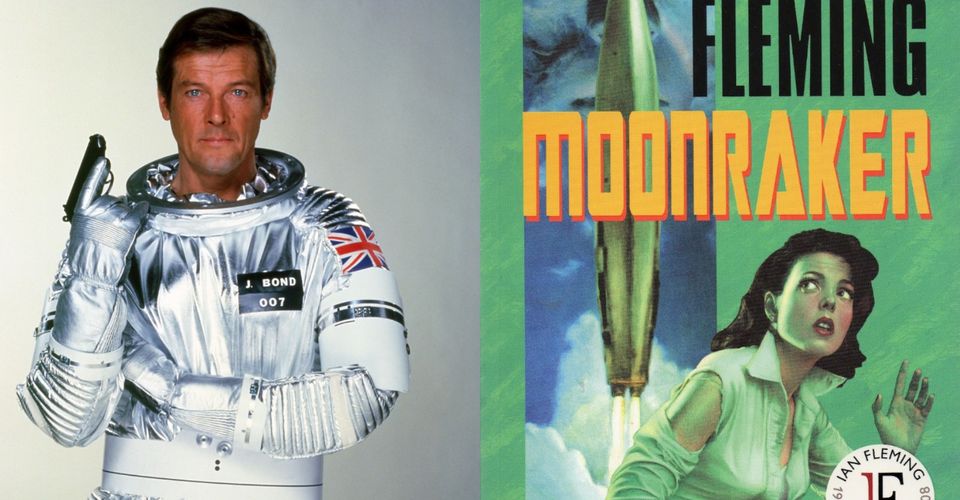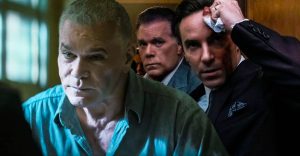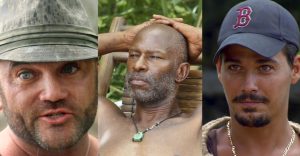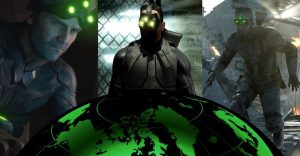Moonraker: 10 Biggest Differences Between The James Bond Novel & The Movie

Moonraker, for many fans of the James Bond franchise, is among the worst films to feature alongside Die Another Day and Quantum Of Solace. The film does have its fans, but one thing that is undeniable is that the fourth Roger Moore film is almost unrecognizable from its source material.
The 11th Bond film was made as a knee-jerk reaction to the massive success of Star Wars in 1977, the same year The Spy Who Loved Me was released, so the producers took the title of Fleming’s third novel and put 007 in space. With that in mind, some things were jettisoned.
10 James Bond Never Goes To Space

Seeing how this is probably the most glaring difference between the novel and film, it may be probably for the best that it remains low on the list. Regardless, the moment when James Bond ventured outside Earth’s orbit cemented the term “Roger Moore film” as a barometer for ridiculousness in Bond flicks.
The book is far more low-key, in fact, it’s much less global than the film. While in the film, 007 travels to places such as Venice, Rio, and of course outer space, the novel takes place entirely in The United Kingdom.
9 The Tone

Many claim that Ian Fleming’s Bond novels are much darker than their screen counterparts and rarely is that difference more jarring than with Moonraker. After the somewhat unlikeable portrayal of Bond in The Man With The Golden Gun, Roger Moore’s Bond films mostly set out to be fun experiences, and Moonraker certainly works as such.
The novel feels far more grounded, but also has a slightly darker tone, akin to that of Casino Royale. This isn’t to say that the novel doesn’t have any fun moments, it’s just that it leans a bit more on Bond’s darker edge that Moore usually attempted to avoid.
8 Jaws Is Absent

Jaws was so popular with audiences after his appearance in The Spy Who Loved Me that Richard Kiel was brought back in to reprise his iconic role. While he felt far more toned down in the film, Jaws’ appearance in Moonraker cemented his legacy as the most famous Henchman in the 007 lexicon.
In the novel, the villain Hugo Drax doesn’t truly have a traditional heavy. In the place of Jaws, a somewhat more old-school German scientist backs up the main villain of the novel. While Jaws may have more of a presence, Fleming’s choice feels a bit more restrained.
7 Hugo Drax

Despite the film’s divisive reputation, one thing that is looked upon fondly is the subtle performance of Michael Lonsdale as Hugo Drax. However, in the novel, Drax is far more megalomaniacal and brash, with a much more notable physical appearance.
In the novel version of Moonraker, Sir Hugo Drax is scarred from an incident in World War II. Another notable feature is his mane of hair, along with his massive mustache, both being red.
6 Blades Makes An Appearance

A scene that is absent from the film is when Bond travels to Blades, M’s club, to investigate Sir Hugo Drax, whom M suspects of cheating at cards. Seeing how Bond has a history with card games, he is the best card player MI6 has, so it makes sense that M would assign him to the task.
Though Blades doesn’t appear in the film, it does make an appearance in another disliked Bond film. Die Another Day’s famous duel scene takes place at Blades, in fact, several elements of Moonraker’s plot were mined for the narrative of Die Another Day.
5 Bond’s Substance Use

Bond’s drink of choice, a vodka martini that is shaken instead of stirred, is very well known to the majority of moviegoers. However, Bond’s alcoholism is taken to an almost disturbing level in Ian Fleming’s series of novels.
In the scene at Blades, 007 drinks a specific amount of alcohol and presumably prescription drugs before he engages Drax in a card game. Bond’s love of drink was translated to the movie version of the character, however, his drug use was ignored.
4 The Bond Girl

In the movie, Bond’s romantic foil is Holly Goodhead, a CIA agent who works undercover as an employee of Hugo Drax. In the novel, Bond teams up with Gala Brand, who is a cop that works for The U.K.’s special branch.
Neither one is particularly engaging, but they do have some fairly remarkable similarities. According to Rosamund Pike, her character was originally named Gala Brand in the original script of Die Another Day, however, the character ended up being named Miranda Frost.
3 Bond’s Assessment Of His Secretary

We never meet James Bond’s secretary, Loelia Ponsonby, in the film series, but she does play a bit of a role in the novels. In the novel Moonraker, Bond notes that she is beautiful, yet stern, serving as a pseudo-mother figure for the Double-O section.
One kind of dark detail that Fleming adds is that several attempts had been made on Miss Ponsonby’s virtue, but she has rejected every single one of them. It isn’t stated that Bond ever made a similar advance, but one could certainly make assumptions.
2 The Climax

The climax of 1979’s Moonraker is seen by many people as the “jump the shark” moment for the James Bond series. James Bond goes to space and stops Drax’s plan to create a master race by destroying his nifty space station.
The novel sees Bond and Gala Brand cause the Moonraker missile to drift into a large body of water, which leads to the death of Drax and Company in their getaway submarine. The consequences of both climaxes are brushed aside, but one of these moments is not like the other.
1 Bond’s Broken Heart

The final scene of Moonraker on celluloid is exactly what you’d expect. M and crew catch Bond and Goodhead making love in zero gravity on a video feed. Wrapping the film up with Bond getting the girl was pretty standard in the pre-Daniel Craig era, which makes the ending of the novel all the more shocking.
After thwarting Drax’s scheme, Bond approaches Gala Brand, desiring to invite her to join him on a romantic getaway, but Brand reveals that she is engaged to be married. Bond ending up heartbroken at the end of his adventure is pretty common nowadays, but in 1979, it would have caught audiences completely off-guard.
About The Author


















